
Vampyroteuthis infernalis literally translates as ‘vampire squid from Hell.’ For a creature with disproportionately large eyes, a jet black body and caped webbing of its eight tentacles, this seems an apt moniker. Though in reality more docile than its horrific name, the vampire squid’s defence manoeuvre of spreading its webbed arms in a pineapple shape to protect its body is alarming enough to allow it to make its escape. Despite a weak and gelatinous body composition not unlike the jellyfish, these squid use ear-looking fins to propel themselves over 2 body lengths per second through tropical and temperate oceans.
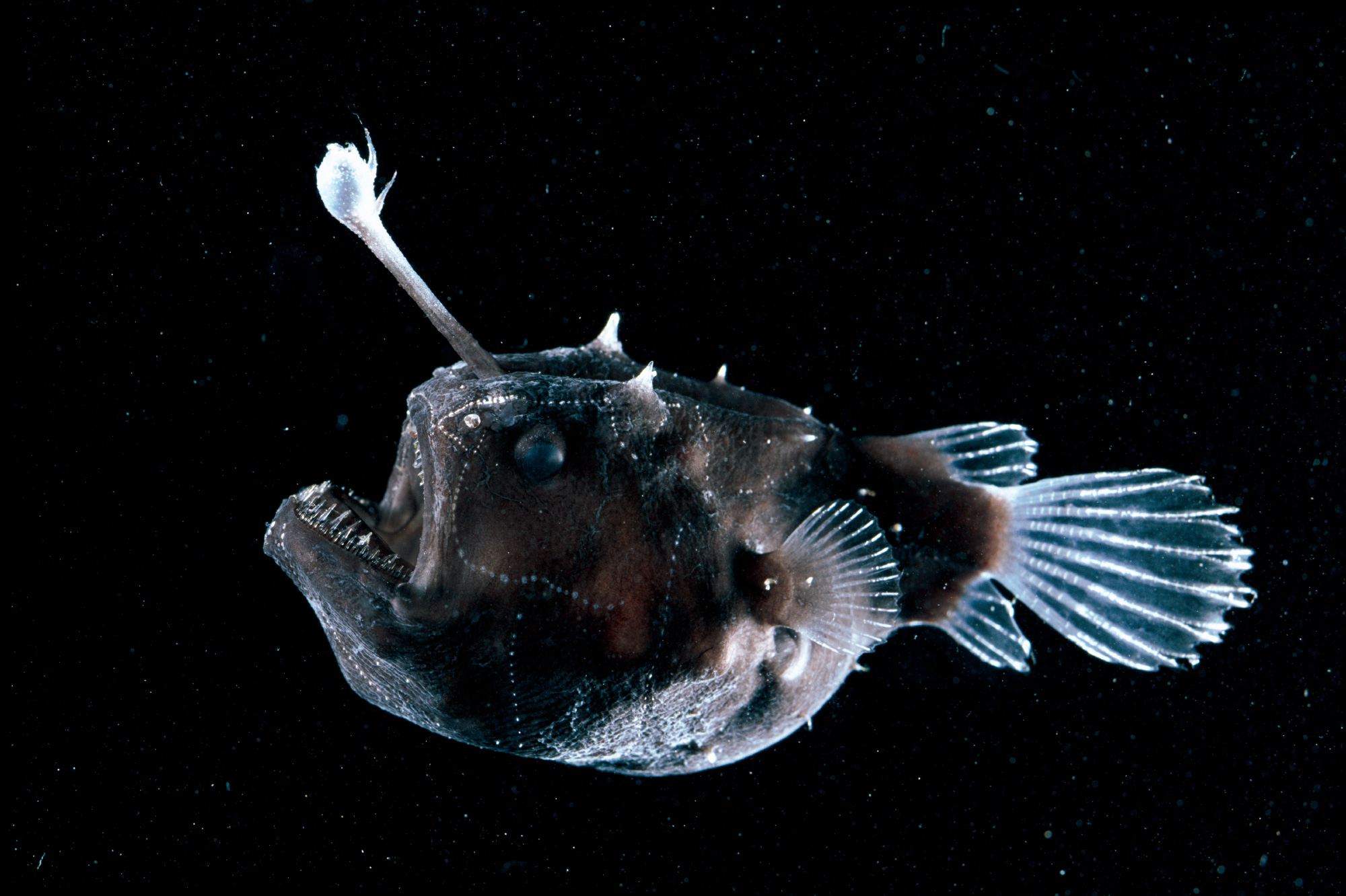
The menacing anglerfish is the most rarely seen of all deep sea creatures — not surprising when they inhabit unimaginable depths of the ocean. The female ‘black sea-devil’, significantly larger than the male, wears a protruding pole above her mouth with a luminous tip that lures in her prey. The unfortunate male stands no chance in the mating charade. Seeking companionship becomes a lifelong mission, so once he’s found a female he literally latches on by biting into her. Over time, the male fuses with his soulmate, dissolving everything except for his testes, which the female uses once she’s ready to reproduce.
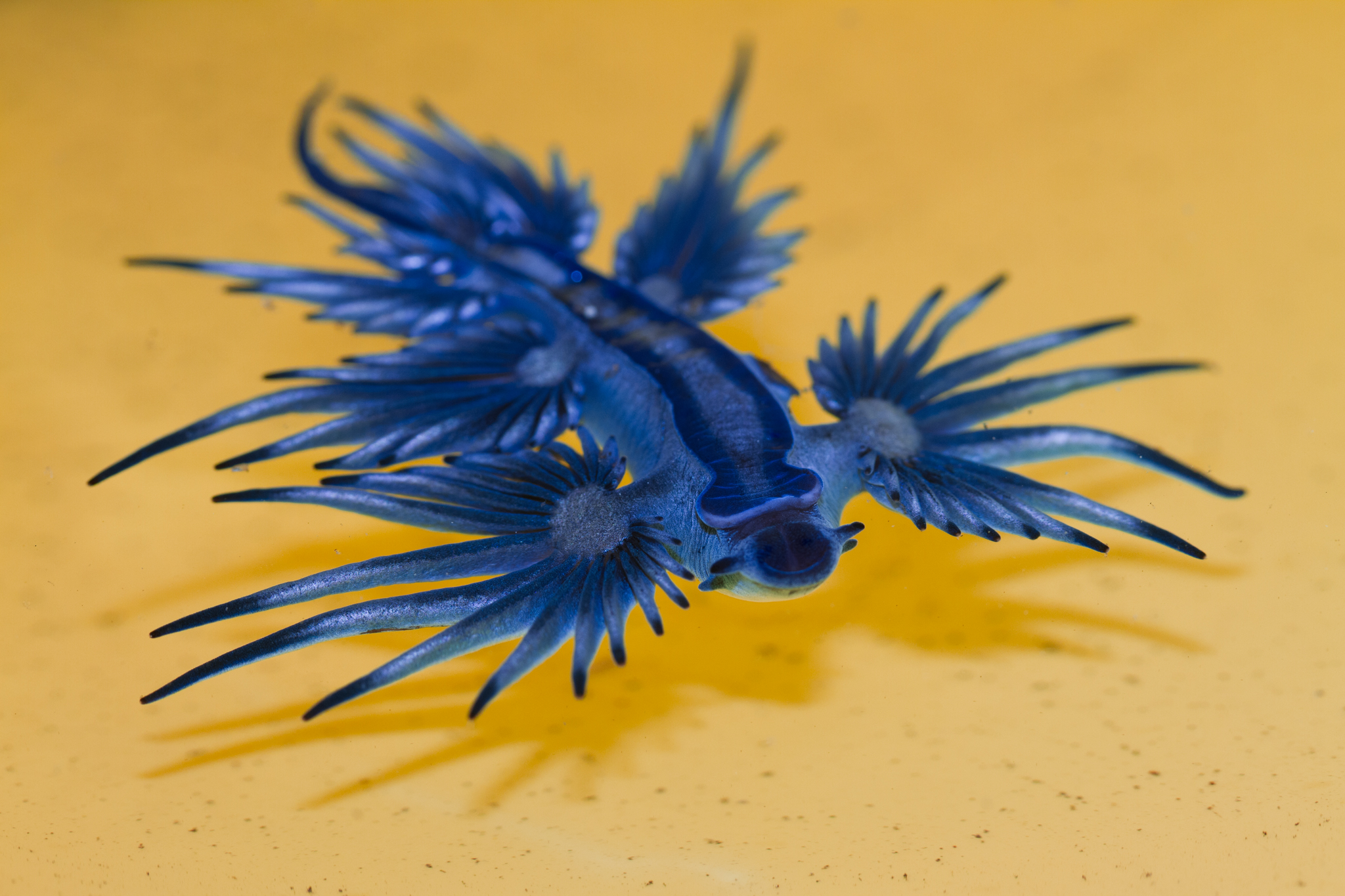
The mesmerising blue sea slug grows to no more than 3 centimetres in length and uses a gas-filled air bubble to float upside-down on the surface tension of the waters of the Pacific, Atlantic and Indian Oceans. The beauty and size of this tiny blue dragon should not allow it to be underestimated, however. It is a ravenous predator, feeding off the oceans’ highly venomous creatures, in particular the Portuguese man-o’-war. The blue sea slug can store and concentrate its prey’s venom and stinging cells in its many tentacle-like fingers, and uses them to deliver a painful sting when defending itself.
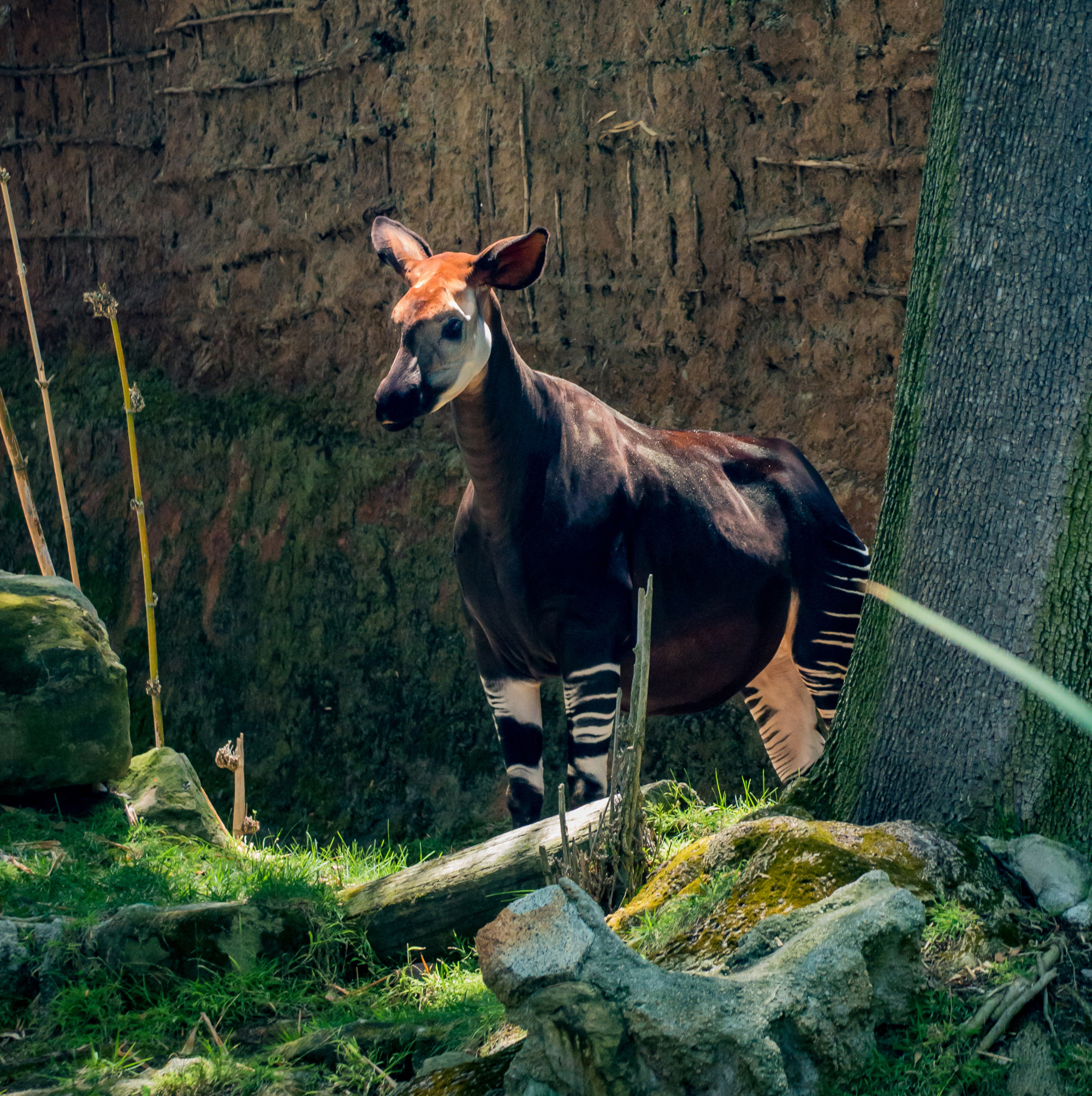
Long thought to be a mythological creature, the shy and elusive okapi lingers deep within tropical African rainforests. This endangered species relies on secluded areas of dense foliage to conceal itself from predators. The okapi boasts a unique blend of zebra-like stripes and reddish-brown fur coat, with an elongated neck and long black tongue resembling those of a giraffe, used for wrapping around hard-to-reach leaves and foraging forest floors. The Democratic Republic of Congo claim this ‘forest giraffe’ as their national symbol, actively promoting and protecting the species from the distressing threat of extinction.

The colourful bush viper is not a creature to befriend, with venom fatal to humans. Fortunately, these snakes avoid regions of human settlement, being found within tropical forests in western and central Africa. Their green and yellow scales act as both warning and camouflage as they lie coiled around the top of bushy plants, basking in the sun for days. As an ambush predator, the viper strikes at record speed to bring down prey that unknowingly wanders by its discreet locations, straight to their death.
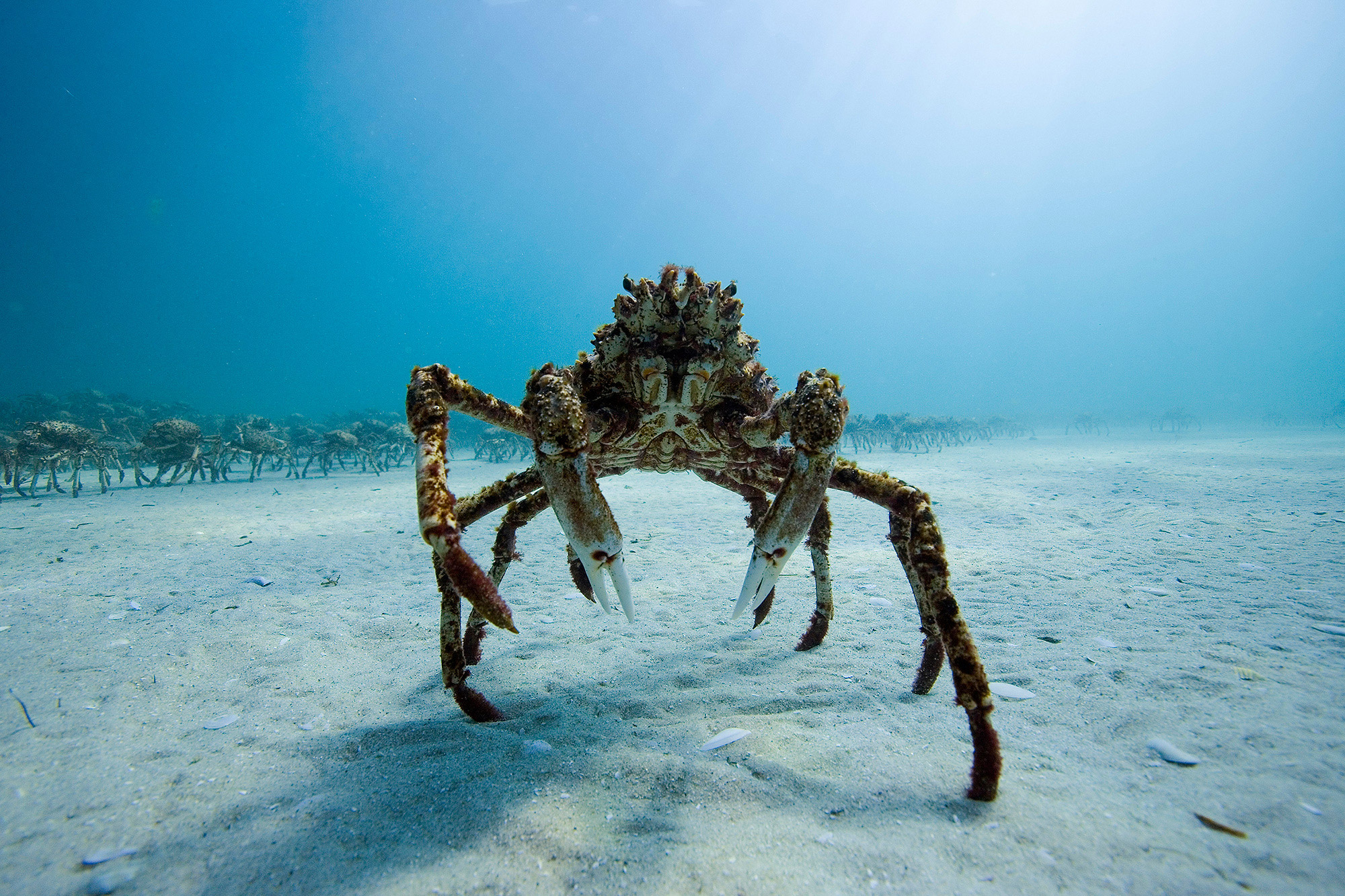
This giant crustacean crawling around the ocean floor off the Japanese coast is the largest crab known to the seven seas, weighing up to 20 kilograms. From claw to menacing claw, the spider crab’s weak daddy-long-leg limbs span nearly 4 metres. More terrifying than the mere existence of a giant underwater spider, however, is the near-immortality of such a beast: this crab has an average lifespan of 100 years. The spider crab is considered a prized delicacy in Japan — remarkable, considering the scavenger’s diet consists of carcasses left on the ocean floor.

What do we get when the exterior of a giant panda is morphed with the character of a killer wasp? A deceptively friendly-looking insect, the panda ant — actually a species of wasp — certainly earns its nickname, ‘cow killer’, as it administers a severe sting known to bring down beasts as large as cattle. The panda ant exhibits a pronounced sexual dimorphism, with wingless females dominating the stinging game, while their larger male counterparts are predominantly nocturnal and devoid of a sting. Originally discovered in coastal regions of Chile, the species has since migrated to other desert and sandy areas of Mexico and the south-western United States.
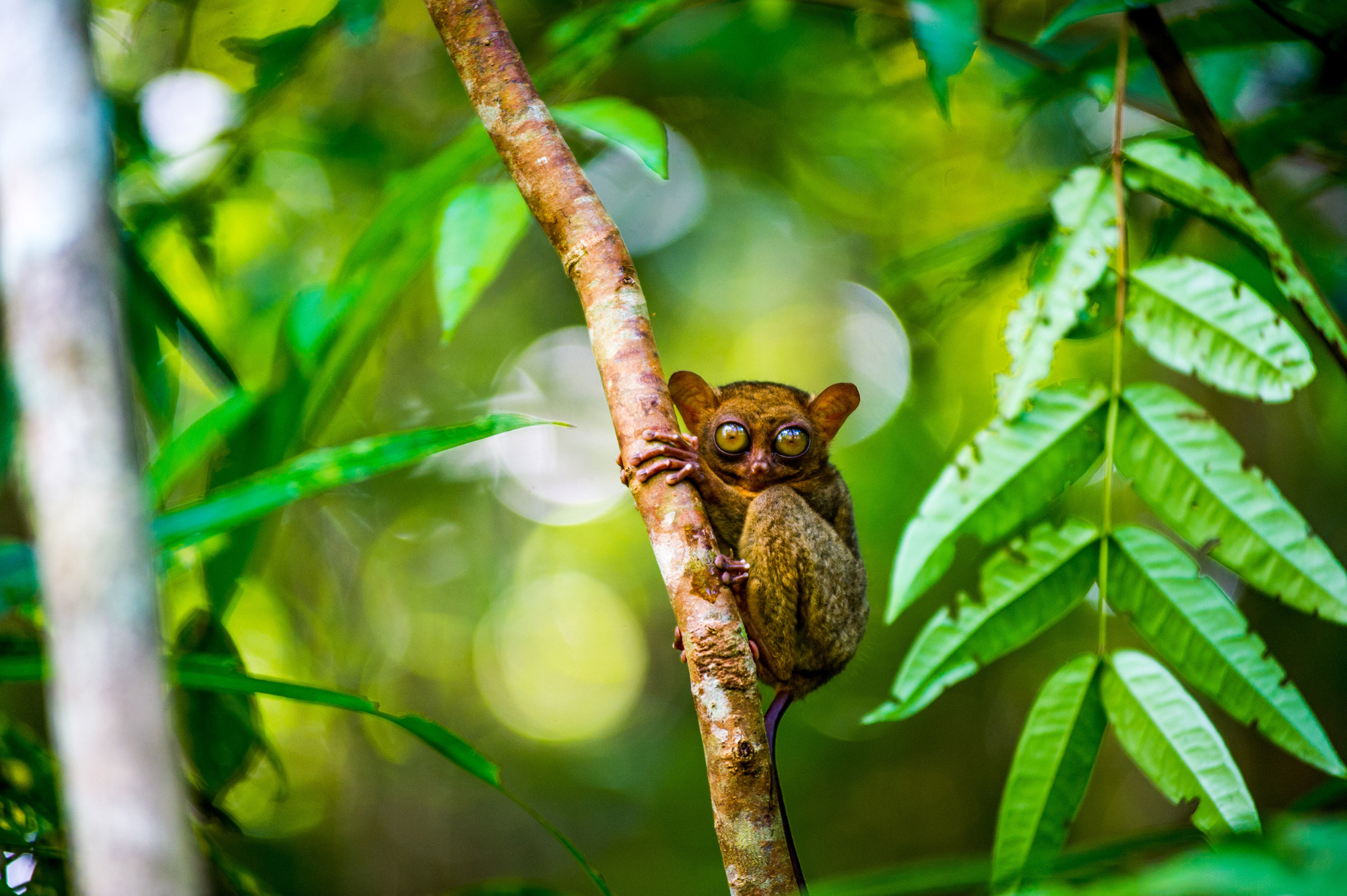
The peculiar tarsier leads an arboreal life among forests in the Philippines and other various Southeast Asian islands. Not quite lemur and not quite monkey, with extraordinarily large, fixed eyes and a tail twice their body length, the tarsier is a primate all of its own. These nocturnal carnivores have evolved to rotate their necks up to 180 degrees to locate and pounce on their next snack, be it insect, lizard or snake. Climbing trees within hours of birth, they develop an aptitude for leaping early on, with long, powerful hind legs that can thrust them up to 5 metres between branches.

Found in the darkest and deepest regions of temperate and tropical oceans, the gulper eel is a true creature of adaptation. Its unusually small eyes have evolved to detect only faint traces of light at 500-7500 metres deep, and compared to its wide and unhinged jaw, this slimy monster has tiny teeth. These features don’t hold the gulper back though: also known as the ‘pelican eel’, it has a light-producing organ in the tip of its long, wispy tail, believed to emanate a pink glow used to lure its lunch in close enough to gulp the curious feast whole.
